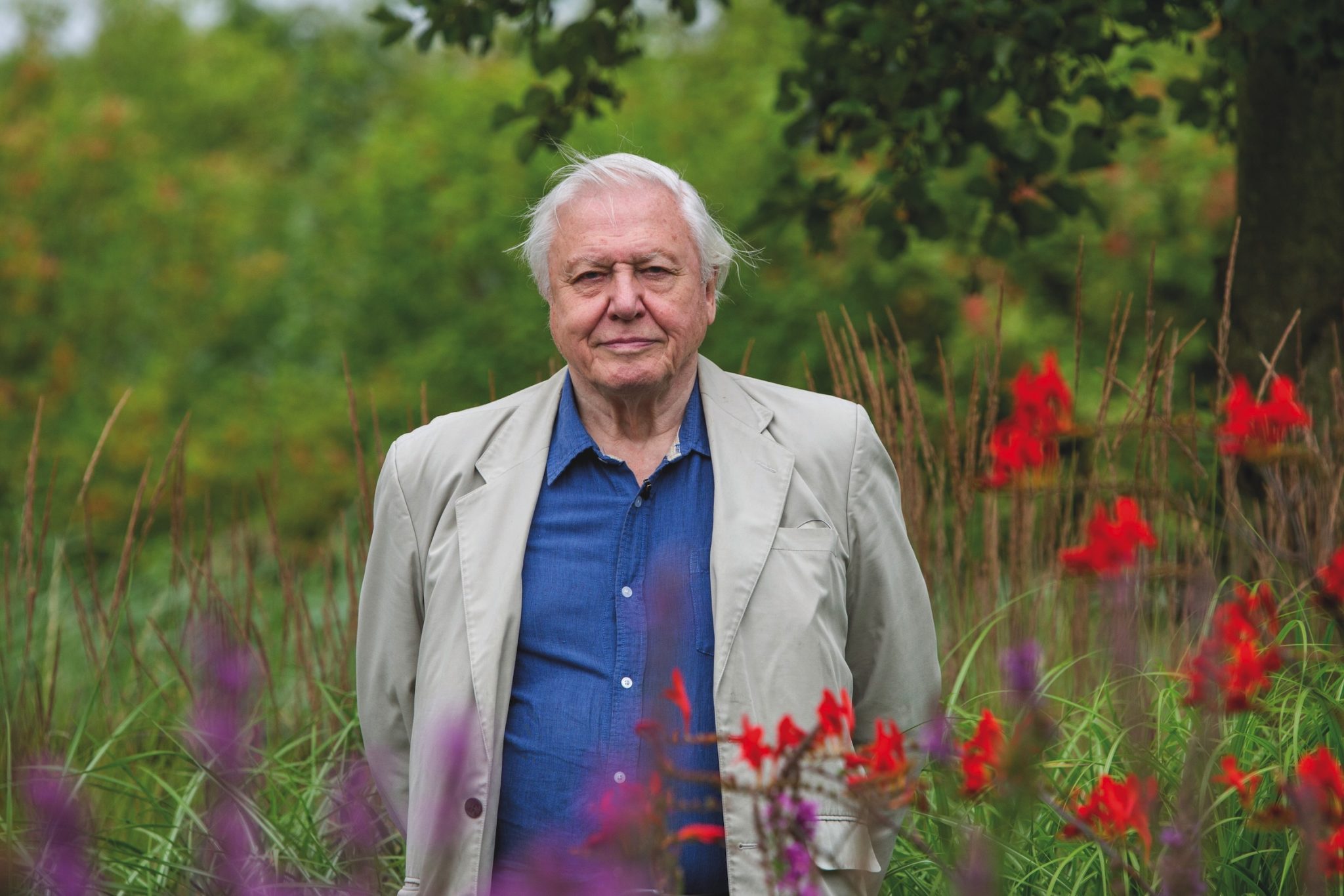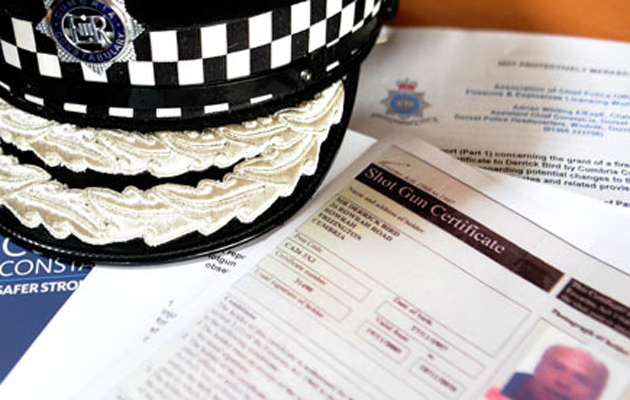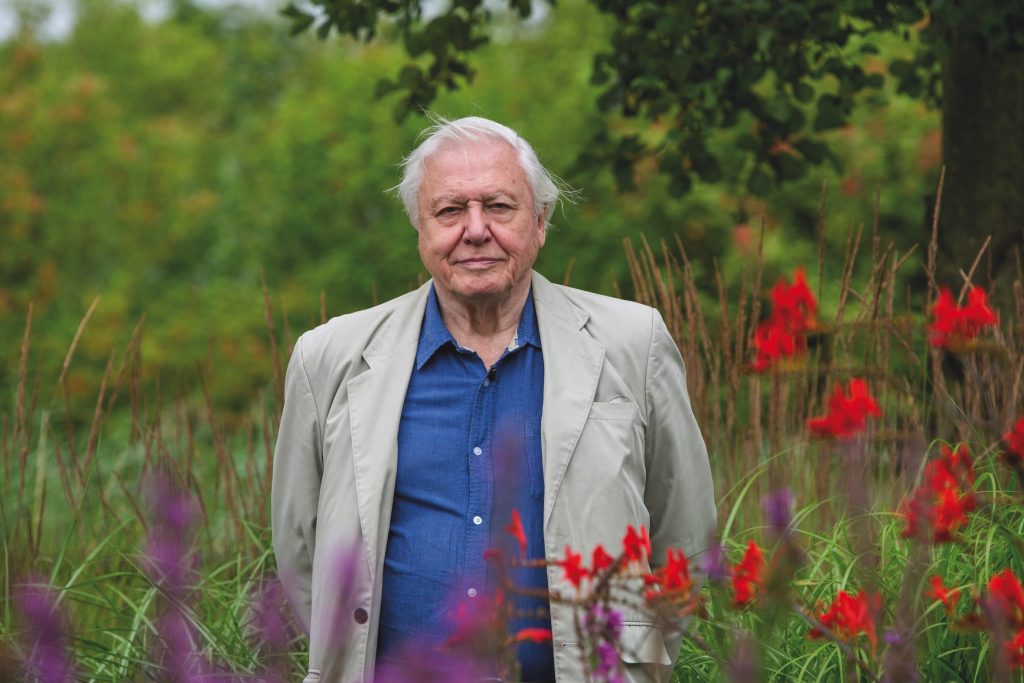Win CENS ProFlex DX5 earplugs worth £1,149 – enter here
Pochard – a diving duck that’s in decline
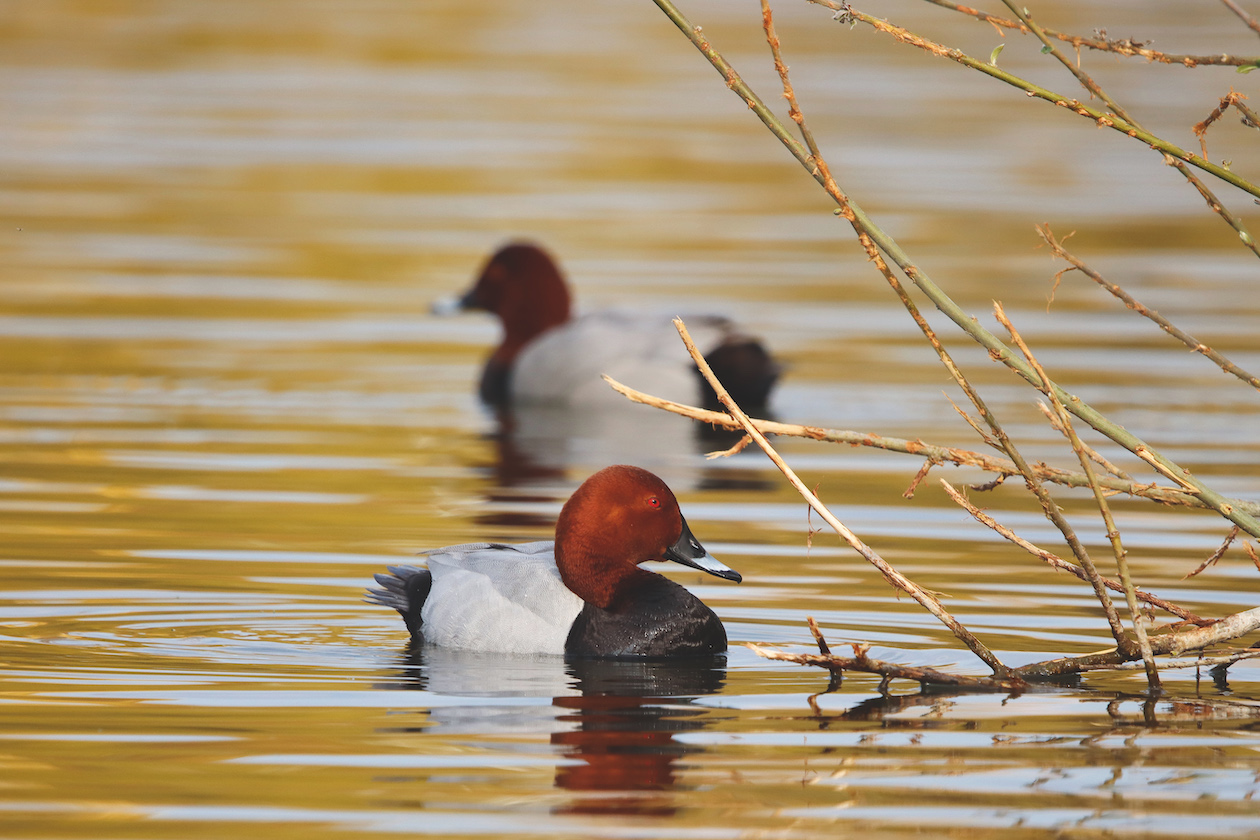 Beautiful males of Pochard duck (Aythya ferina) Lake with reeds near copenhagen in Golden hour time
Beautiful males of Pochard duck (Aythya ferina) Lake with reeds near copenhagen in Golden hour time
Similar in size to the wigeon, it is difficult to mistake the male pochard for any other duck, with his bright chestnut head, black breast, white flanks and delicately barred grey back. The female is more of a dark and rather drab grey-brown, but has a distinctive buff marking around the eye and a steel-grey ring on the bill.
Both sexes have grey wing bars and striking red eyes. The head has a distinctive triangular shape with a heavy, compact bill. When swimming, the pochard settles deeply into the water. It is generally a quiet duck. The voice of the male is a whistle ending in a nasal aaoo-oo-ha. The female has been described as making more of a coarse growl.
Plumage
In common with many duck species, the pochard male moults his worn feathers once the breeding season is over and goes into a mottled grey-brown ‘eclipse’ plumage similar to that of the female. This is only temporary, but involves the loss of all flight feathers, so for about a month he is unable to fly and more vulnerable to predators until his normal plumage is regrown by October. This explains why it often seems in mid-summer that all the drakes have disappeared. It is thought that the process gets its name from the temporary colouration ‘eclipsing’ the more usual bright plumage.
Once very common, there are concerns for the global status of the pochard, which has reached a point where it is considered vulnerable as a species. The main threats appear to be a combination of loss of its breeding habitat in eastern Europe, primarily through changes in land management practices, urbanisation and changes in water chemistry caused by agricultural run-off. It is also very sensitive to avian flu and, in some parts of its range, may be subject to excessive hunting or other forms of disturbance. The International Union for Conservation of Nature (IUCN) classified it as being of Least Concern as recently as 2012, but since then its fortunes have declined.
Only a very limited number, probably fewer than 700 pairs, breed in the UK, but come the winter, large numbers of visitors arrive from their summer breeding grounds in Scandinavia and Russia to swell numbers to more than 60,000.
The pochard drake is said to be hardier than the duck and tends to migrate further north. As a result, some 70% of the UK’s overwintering birds may be male, the most imbalanced of all our wildfowl visitors. It is less usual to encounter pochard in the south of England, although small groups are occasionally seen on the River Thames and individuals may even join waterfowl collections in public parks.
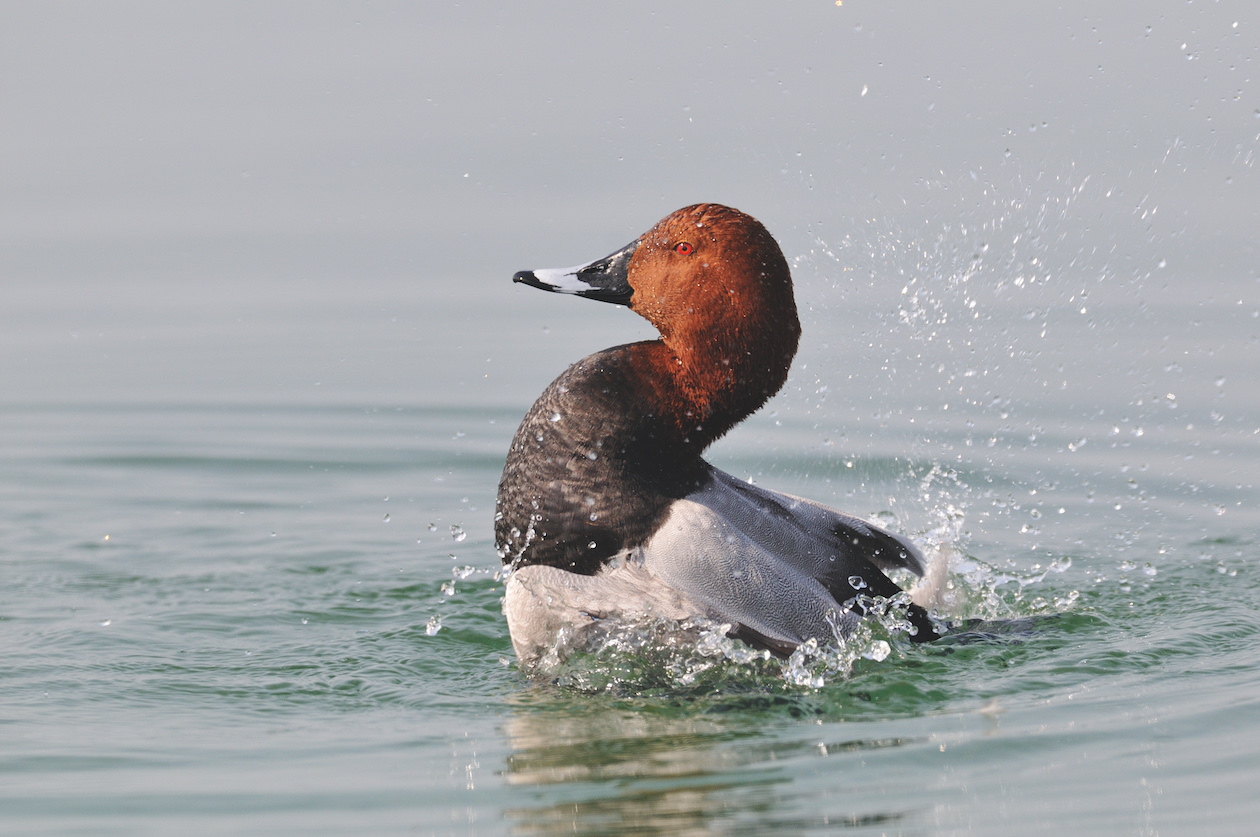
The pochard feeds by diving or dabbling
Sociable
The pochard is very gregarious outside the breeding season and may form large flocks that are sometimes mixed with other diving ducks, such as the closely related tufted duck. They feed mainly by diving or dabbling, often at night. When diving, it can descend to around two-and-a-half metres and remain underwater for long periods, often surfacing some distance from where it submerged. Before diving, the bird compresses its feathers to squeeze out air and make it less buoyant. Propelled by powerful legs set further back on the body than some other ducks, it maintains position under water with paddling strokes while feeding. Once finished, it simply stops paddling and bobs back up to the surface.
On the table, the pochard is rather a matter of personal taste. Like many of the diving ducks, it has received mixed reviews from those who have tried it, some finding the flesh strong-tasting, while others praise it as superb. It is a close relative of the canvasback duck of North America, which has always enjoyed an enviable reputation among hunters for its eating qualities. If you do find it a little strong, one popular approach is to soak the meat in milk overnight to make it more palatable and then cook it much as you would a mallard. (Find our duck recipes here.)
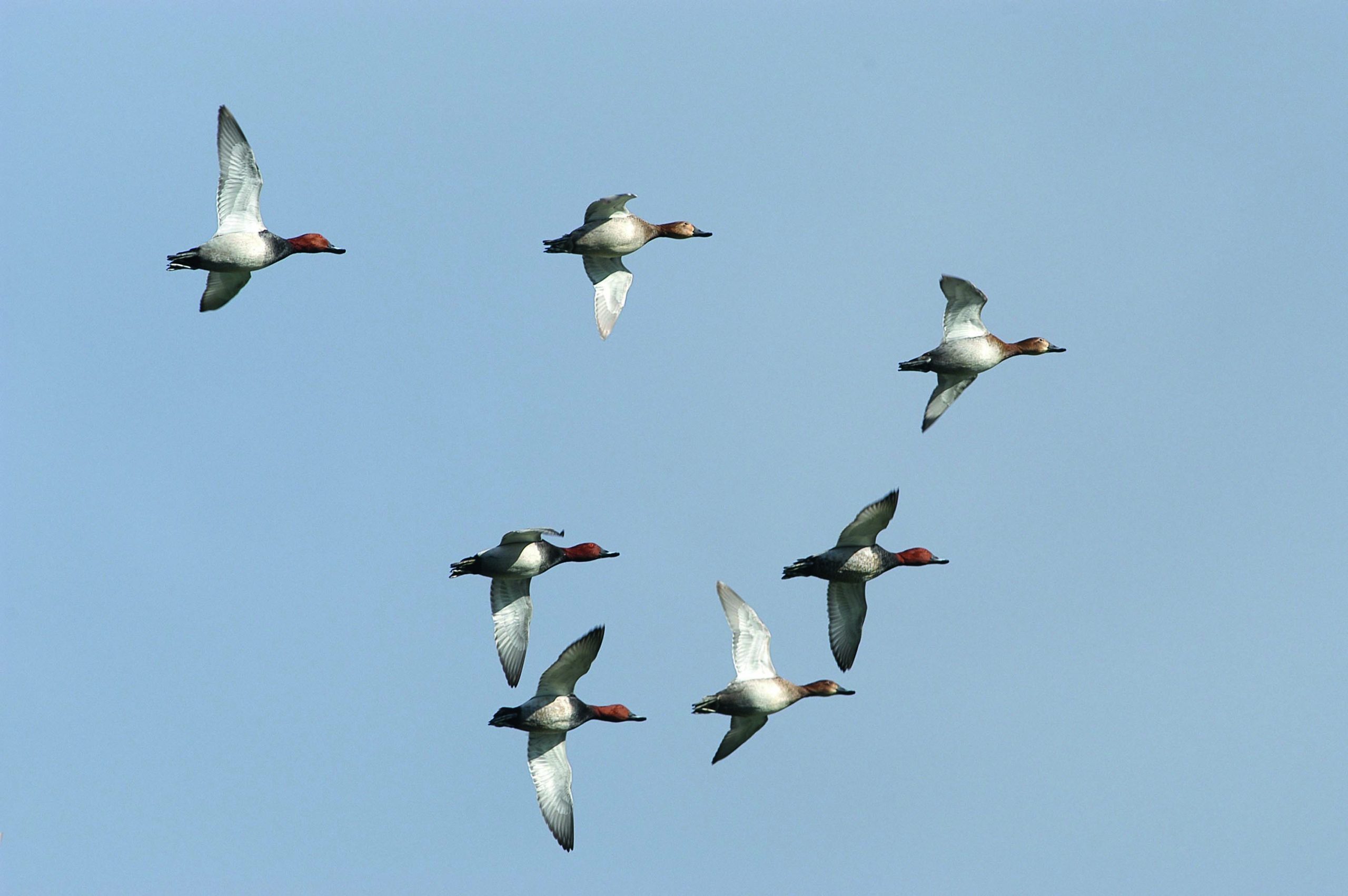
Outside the breeding season, pochard may form flocks with the closely related tufted duck
Pochard facts
- Distribution: Breeds from western Europe to south-central Siberia and northern China; wintering birds extend the range to eastern Mediterranean regions, the Middle East, Japan and sub-Saharan Africa.
- UK Distribution: Small numbers of resident breeding birds are most likely to be encountered in eastern England, lowland Scotland and central Northern Ireland. More commonly seen and far more widespread in winter when migratory visitors from Russia and Scandinavia arrive and can form large flocks.
- IUCN Red List status: Vulnerable, numbers decreasing.
- Habitat: Breeding habitat is generally marshes, lakes and gravel pits with a water depth exceeding one metre. During winter, any large areas of open water may be used, including large lakes and estuaries.
- Food: A diving duck that feeds underwater on seeds, roots, shoots and other aquatic vegetation, snails and other invertebrates, occasionally small fish and amphibians.
- Breeding: Pairing takes place in late winter, but once eggs have been laid around mid-April the male tends to abandon the female to raise the brood. It does not usually pair for life. It has been noted for laying eggs in the nests of other ducks.
- Nesting: The bulky nest is normally well concealed and sited on the ground or above water, constructed from grasses, reeds and leaves, and lined with down. Ducklings are able to leave the nest immediately to accompany the parent birds and fledge around 55 days after hatching.
- Clutch Size: Typically 8-12 eggs.
- Incubation Time: Around 25-28 days.
- Length (average): 46cm; females slightly smaller.
- Wingspan (average): 77cm.
- Weight (average): 700-1,100g.
- Lifespan (average): 8-10 years.
- Flight Speed: Around 60mph.
- Shooting Seasons: England, Wales & Scotland: 1 September – 31 January (inland); 1 September – 20 February (below high-water mark). Northern Ireland: 1 September – 31 January. Isle of Man: no open season.
Related Articles
Get the latest news delivered direct to your door
Subscribe to Shooting Times & Country
Discover the ultimate companion for field sports enthusiasts with Shooting Times & Country Magazine, the UK’s leading weekly publication that has been at the forefront of shooting culture since 1882. Subscribers gain access to expert tips, comprehensive gear reviews, seasonal advice and a vibrant community of like-minded shooters.
Save on shop price when you subscribe with weekly issues featuring in-depth articles on gundog training, exclusive member offers and access to the digital back issue library. A Shooting Times & Country subscription is more than a magazine, don’t just read about the countryside; immerse yourself in its most authoritative and engaging publication.




